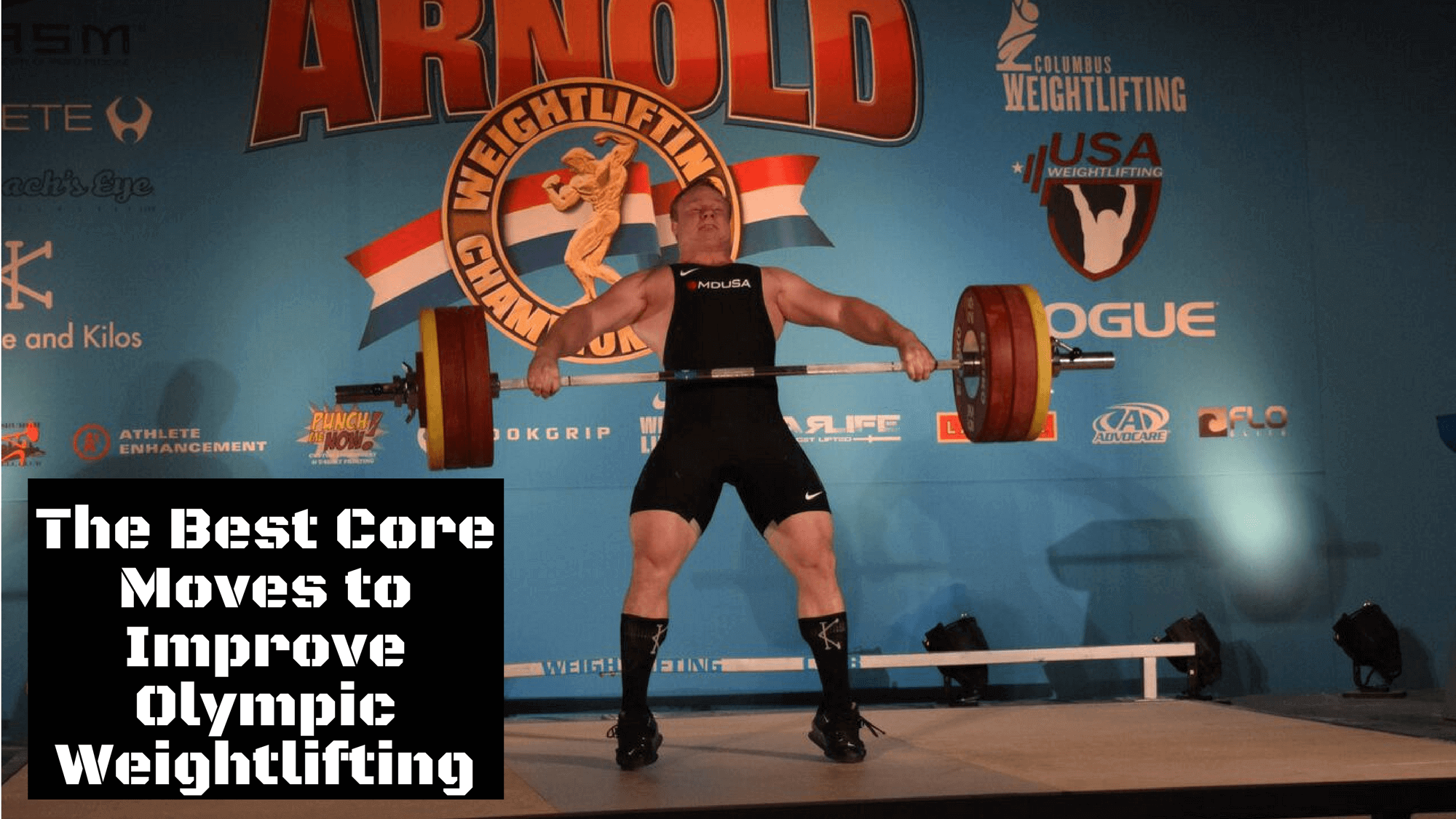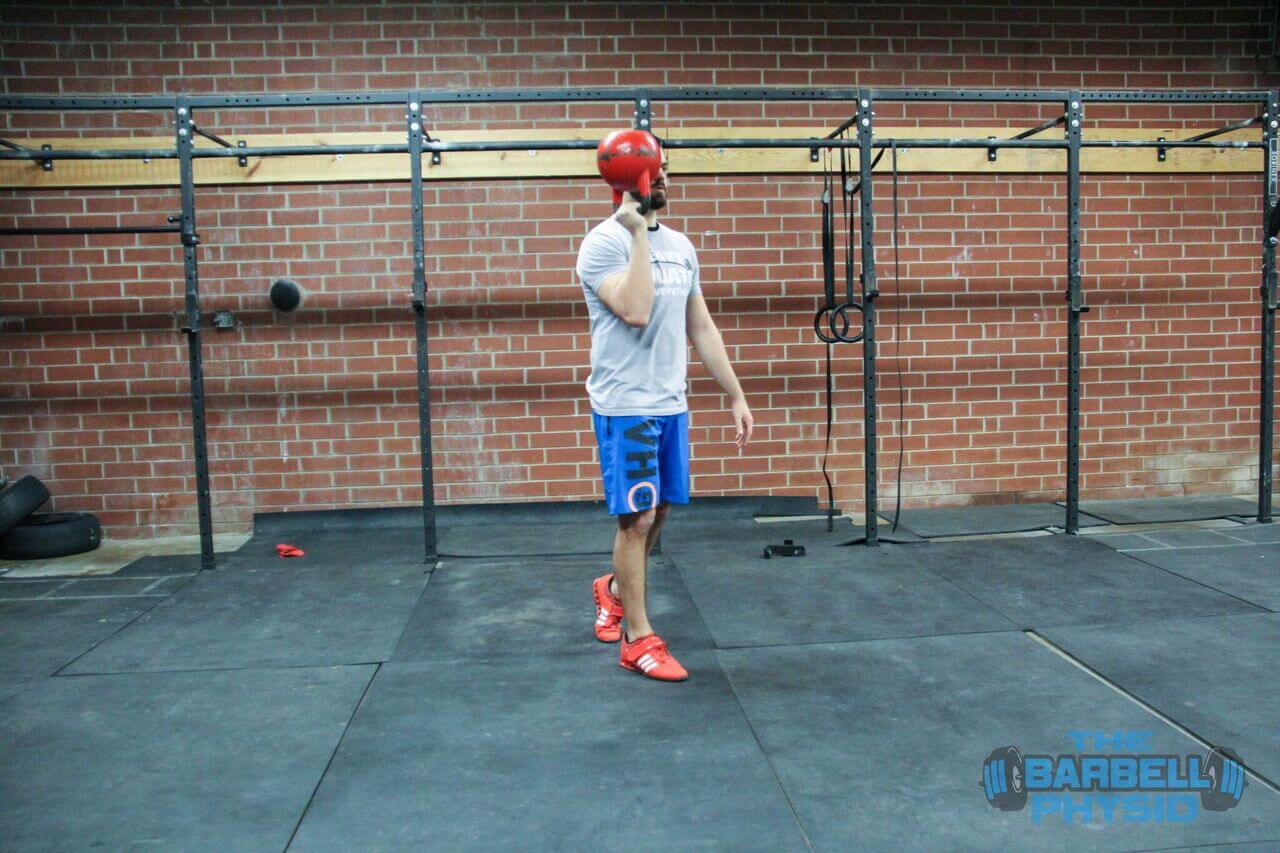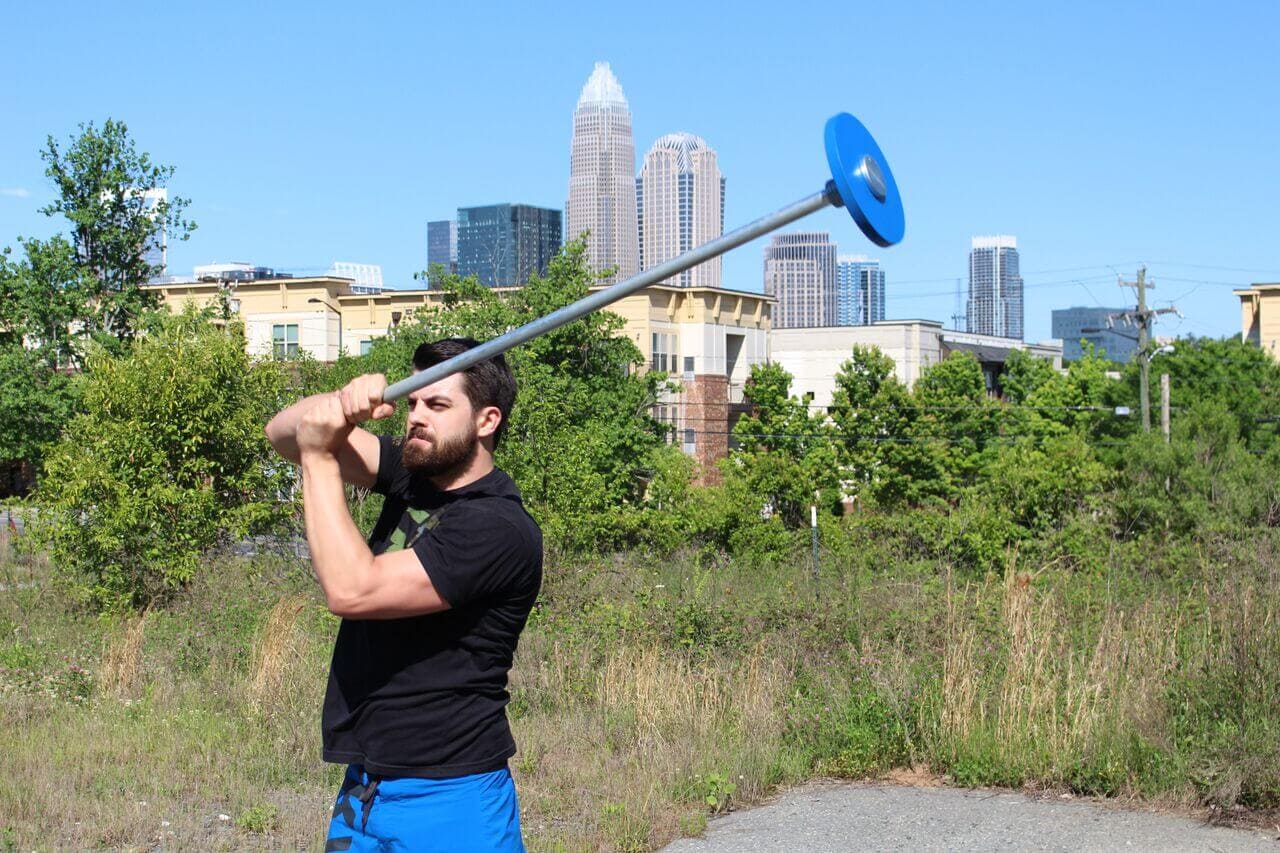In all athletics core strength is necessary for optimal sports performance. Olympic weightlifting is no exception, especially when hundreds of pounds are rapidly lifted and even elite athletes frequently catch the barbell out of position. The following exercises are my favorite to build core strength for Olympic weightlifters.
With Olympic weightlifters, we want to strengthen the body’s ability to maintain a braced, neutral spine, but it is also very important to choose appropriate exercises to have athletes strong for when they are out of position.
For example, an athlete must be able to support their spine if they catch a clean with their lumbar spine excessively flexed or receive a jerk when their back is over extended. Because of the speed and skill of these movements, getting out of posit,ion is going to happen even in the best lifters…and they need to be physically prepared for when that happens. Too often, we only see the neutral spine work used.
I like for the Olympic weightlifter to train four types of core movements outlined below with some of my favorites for training each one.
Core Strength For Weightlifting
Neutral spine positioning
Being able to maintain a neutral spine during the lift will allow the lifter to transfer as much force as possible from their legs, through the core and arms, and into the barbell. This should make up the majority of core training.
RKC Plank – planks are great, but for most athletes quickly become too easy. Enter the RKC plank that is MUCH harder and works strength more than endurance, making it great for core strength weightlifting.
Stir The Pot
Others: Bird Dog Rows, Abdominal fallouts
Frontal plane movements
Too often, Olympic lifters focus on just anterior/posterior core muscles and neglect those that resist lateral movements.
Loaded Carries such as suitcase carries (arm at side), Front rack carries, and overhead carries.
Side planks and harder variations of side planks also work great for core strength weightlifting!
In an overextended position
Athletes frequently catch a jerk with their lumbar spine slightly overextended. If we only train neutral positioning, we may set them up for increased failure when they catch overextended. Some anterior core training with the lumbar spine slightly extended will help them be better able to stabilize here.
GHD Sit Ups, when performed correctly do a great exercise for being strong when the back is SLIGHTLY extended. I would not program these constantly, but instead, work this position from time to time.
In a flexed position
Athletes also frequently get out of position by catching with their low back rounded. Some posterior work will give them improved capacity and ability to recover.
GHD Back Extensions
Ability to rapidly contract AND relax the core
Olympic weightlifters must be able to rapidly stabilize their spine to effectively catch a barbell (obviously). But before they catch, they must also be able to rapidly relax after the second pull and then reposition themselves under a barbell (Stu McGill). This is perhaps the toughest of these four to train and I’ve had great success teaching lifters to rapidly stabilize using the following two drills.
ShouldeRok – Increase rotational strength and athleticism in pulsing (speed to contraction and speed to relaxation)
Bottoms Up KB Clean








